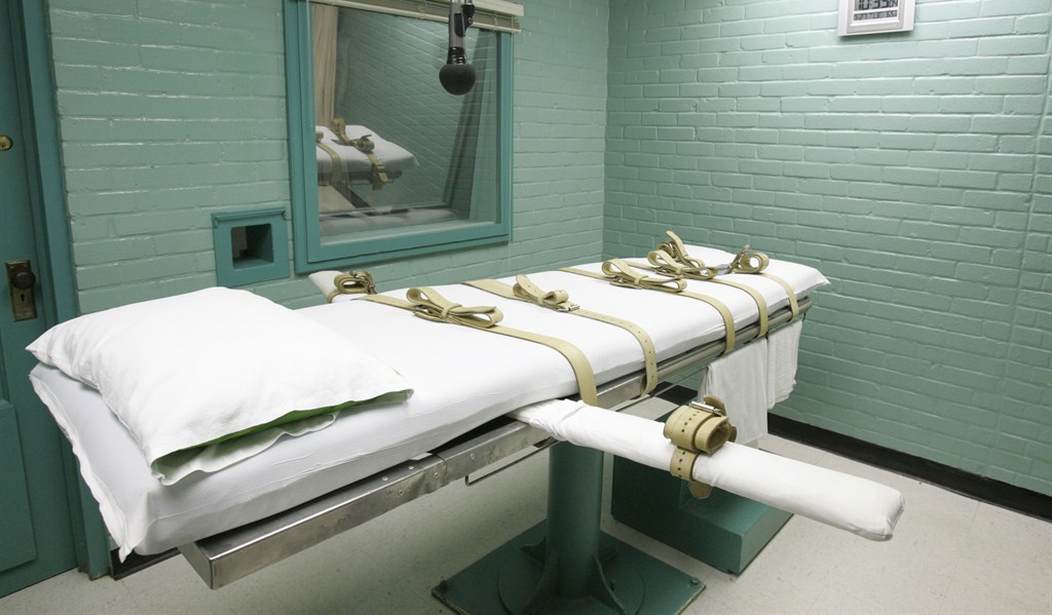Sixteen minutes into last week's botched lethal injection at the Oklahoma State Penitentiary, the warden closed the blinds on the windows to the execution chamber and turned off the sound so that witnesses could not see Clayton Lockett writhe or hear him moan. The procedure, designed to resemble a medical treatment -- albeit one with an involuntary patient and a very low probability of recovery -- had begun to look uncomfortably like the cold-blooded killing of a helpless person.
Since Lockett himself was guilty of such a killing, having been convicted of shooting a 19-year-old woman during a burglary and watching as his accomplices buried her alive, many Americans -- most, judging from public opinion polls -- would say justice was done. But the eagerness of death penalty advocates to address the shortcomings revealed by Lockett's drawn-out demise suggests that majority support for capital punishment depends on sanitizing the practice to conceal its true nature.
Thomas Szasz, the late critic of coercive psychiatry and the "therapeutic state," argued that "physician-assisted suicide," which gives terminal patients access to lethal drugs by prescription, misleadingly medicalizes a moral issue. The same is true of "physician-assisted execution," with the added complication that most people with medical expertise do not want to assist executions because they view their proper function as saving people's lives rather than killing them.
That reluctance seems to have been the main reason it took so long to kill Lockett, who died of a massive heart attack more than an hour and a half after he was wheeled, strapped to a gurney, into the execution chamber. A technician spent 51 minutes looking for a suitable vein, finally settling on Lockett's groin.
The needle evidently was not inserted properly, because Lockett was still conscious after the first drug sent through the IV tube -- midazolam, a benzodiazepine -- should have knocked him out. It seems he therefore could feel the suffocating effect of the next drug, the paralytic agent vecuronium bromide, and the burning, muscle cramps and chest pain caused by the potassium chloride that was supposed to stop his heart.
Recommended
Witnesses reported that Lockett twitched, repeatedly tried to sit up and mumbled "oh, man" after he was pronounced unconscious. According to one of Lockett's lawyers, "It looked like torture." He died 43 minutes after the first drug was administered.
Oklahoma Gov. Mary Fallin promised to find out exactly what went wrong with Lockett's lethal injection and in the meantime suspended further executions. But why does it matter that Lockett, having committed a crime heinous enough to merit the death penalty -- which involves not just the loss of life but the mental torture of knowing it's coming -- got a taste of the suffering he inflicted on his victim as that sentence was carried out?
It matters because lethal injection, first adopted by Oklahoma in 1977, is supposed to be "the most humane form" of capital punishment, as New Jersey Gov. Tom Kean called it when he signed a bill reinstating the death penalty in 1982. But in this context, "humane" really means "acceptable." The point is not to make condemned murderers comfortable; the point is to make us comfortable.
There are some obvious fixes that would make headline-grabbing fiascos like Lockett's prolonged death less likely. Better training of the technicians who carry out lethal injections would help, and so would simplification of Oklahoma's needlessly complicated protocol, which calls for three drugs when one large dose of a barbiturate such as sodium thiopental would do.
But if preventing unnecessary pain is the goal, it is hard to improve on the firing squad or the guillotine. Such old-fashioned methods were abandoned not because they were too painful, but because they were too bloody.
As Lockett's execution vividly demonstrated, those two concerns are distinct. One has to do with how a condemned prisoner feels as we kill him; the other has to do with how we feel about killing him. Medicalizing executions helps us avoid the latter question.

























Join the conversation as a VIP Member